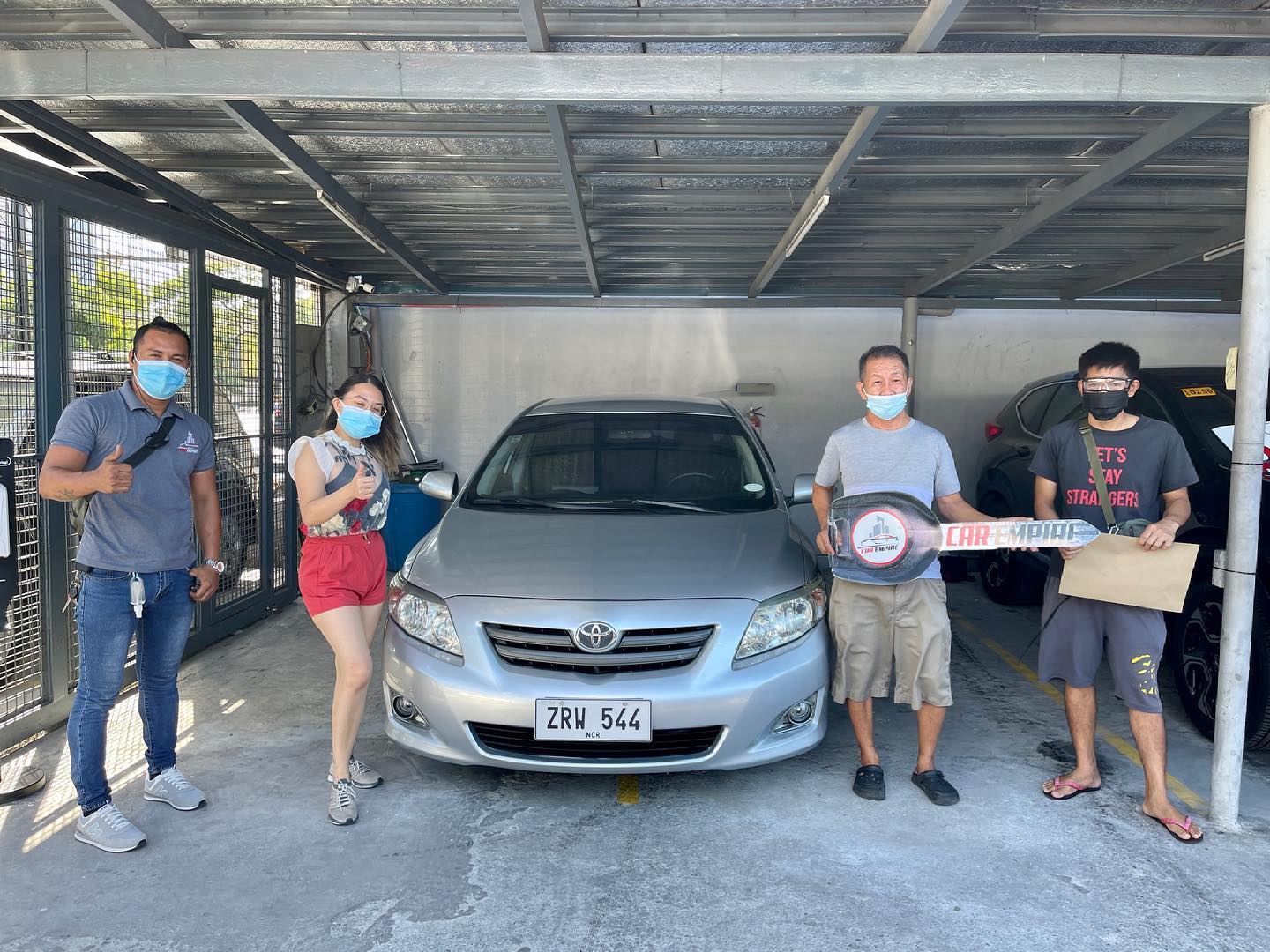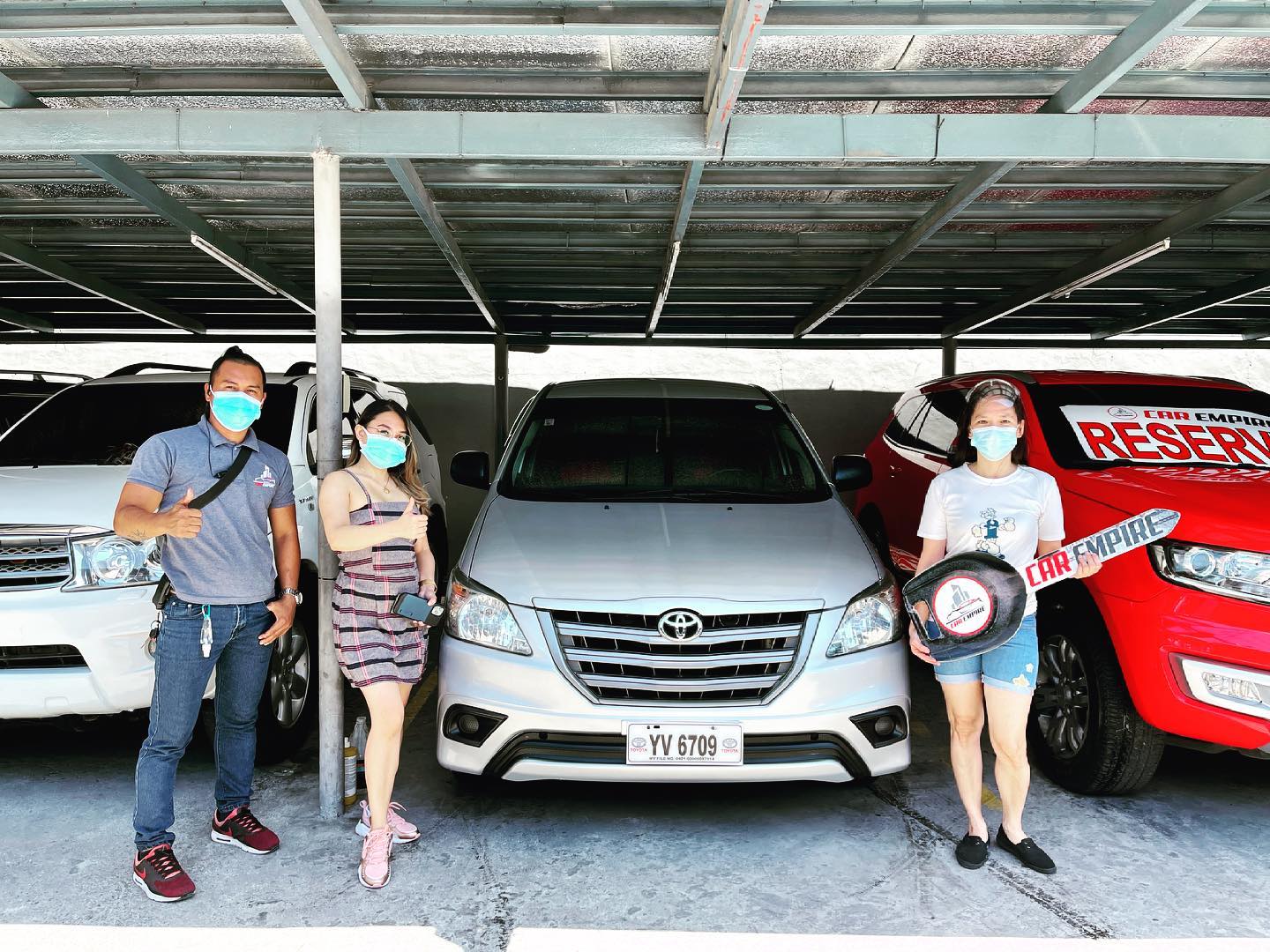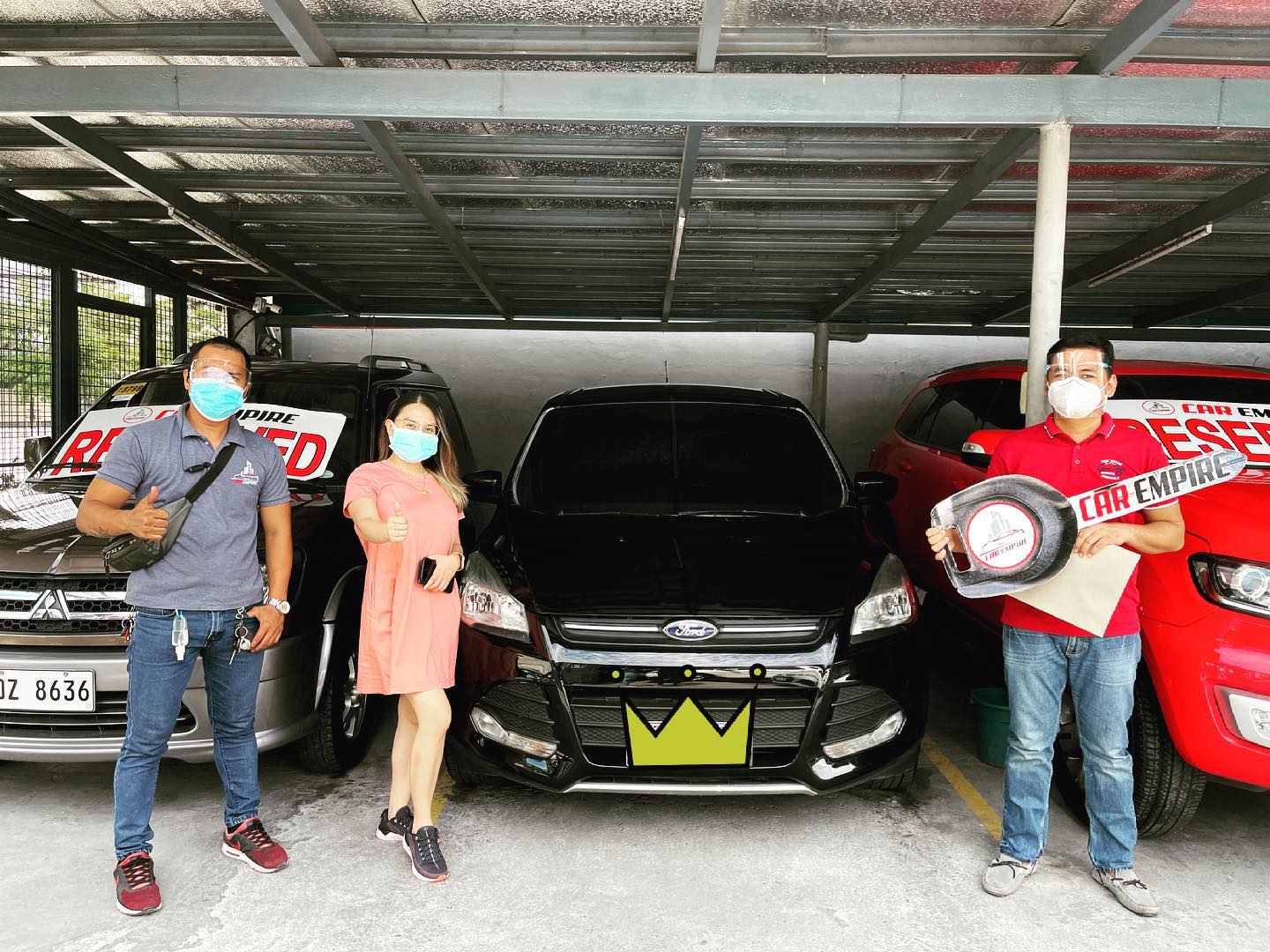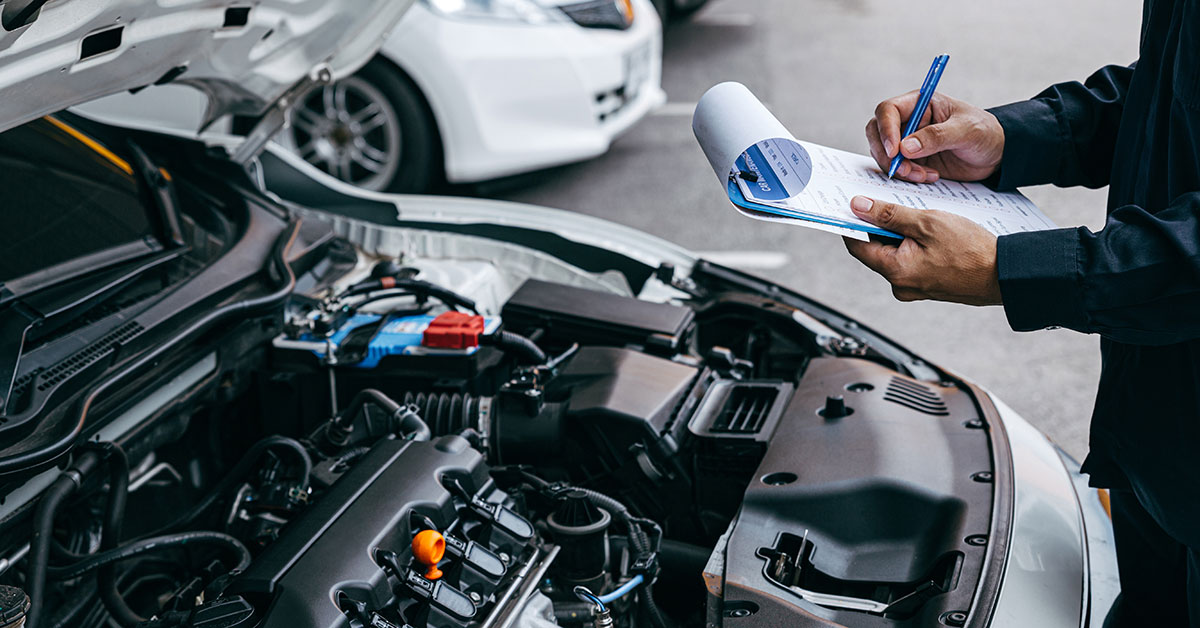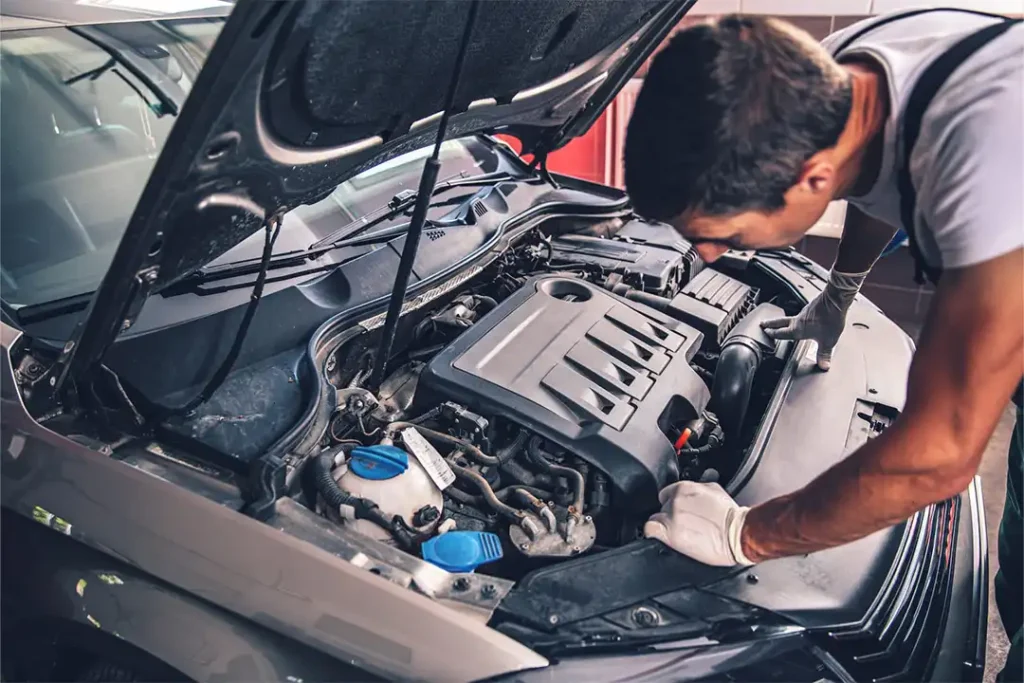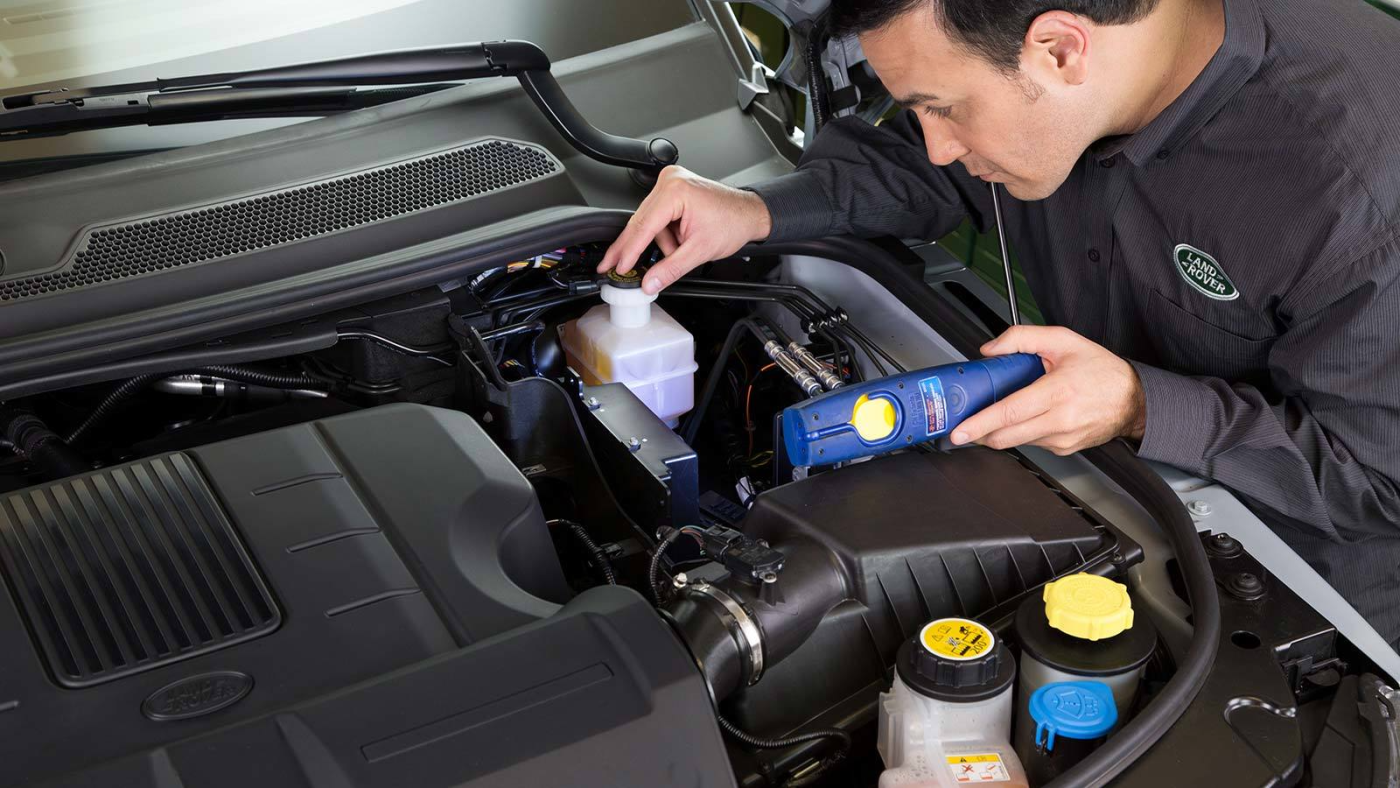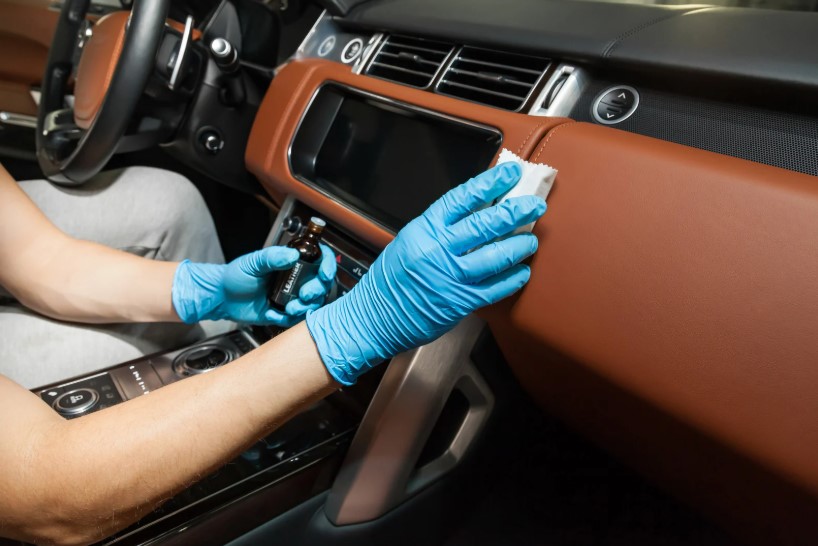Maintaining a healthy engine system goes beyond routine oil changes. When warning signs arise—knocking noises, power loss, or unexpected leaks—it’s time to consider professional Engine Repair/Overhaul & Parts Replacements. This guide walks you through everything from diagnosing engine faults to selecting the right replacement components, helping you protect your investment and enjoy peak performance on every drive.
Key Signs Your Engine Needs Service
Warning Noises & Vibrations: A sharp knocking under heavy acceleration or persistent ticking at idle often indicates internal wear. Damaged bearings, worn pistons, or failing con-rod bearings can introduce excessive play between moving parts, translating mechanical distress into audible symptoms. Ignoring these sounds risks further damage and potentially catastrophic failure.
Performance Drop & Fuel Economy: When your vehicle hesitates under load or takes longer to accelerate, combustion efficiency may be compromised by clogged fuel injectors or low compression from worn piston rings. Tracking your average fuel mileage is one of the easiest ways to spot hidden issues before they escalate into repair bills that exceed the value of your car.
Visible Leaks & Smoke: Oil spots beneath your parked car or a mysterious coolant puddle signal seal and gasket deterioration. Meanwhile, blue or black exhaust smoke points to burning oil or an overly rich fuel mixture. Both require prompt inspection—unaddressed seal failures can lead to overheating or engine seizure.
Common Root Causes
Fuel Injector Malfunctions: Fuel injectors deliver precise atomized fuel into the combustion chamber. Over time, deposits can clog the nozzles, disturbing spray patterns and reducing power. Electrical failures or cracked injector bodies compound the problem. Flow testing and electrical diagnostics pinpoint the exact fault and determine whether cleaning or full replacement is necessary.
Piston & Ring Wear: Scoring on piston skirts or worn rings leads to lower compression ratios and increased oil consumption. A compression test or leak-down assessment quickly reveals whether cylinders hold sufficient pressure under load. If readings fall below factory specifications, pistons and rings must be replaced to restore sealing integrity.
Con-Rod Bearing Damage: Con-rod bearings support the connecting rod’s pivot on the crankshaft journal. Excessive loading, poor lubrication, or metal fatigue can cause bearing failure, often heralded by a deep knock at engine start. Neglecting this issue can ruin the crankshaft itself and necessitate a full bottom-end rebuild.
Gasket, Seal & Valve Issues: Head gasket leaks can create cross-contamination between oil and coolant, leading to overheating and bearing corrosion. Valve stem seal wear also allows oil to enter the combustion chamber, increasing emissions and smoke. Visual inspection, pressure testing, and dye-based leak detection help identify these faults.
Step-by-Step Overhaul Process
Preliminary Engine Diagnostics: Before disassembling anything, technicians perform a full scan-tool readout to retrieve fault codes. Coupled with compression and leak-down tests, this data defines the scope of work and parts list.
Disassembly & Inspection: The next phase involves carefully removing the cylinder head, oil pan, and other major components. Each piece is measured with precision tools—micrometers, bore gauges, and dial indicators—to compare against manufacturer tolerances.
Parts Replacement Checklist
- Fuel Injectors: Cleaned, flow-tested, or replaced to ensure proper spray pattern.
- Pistons & Rings: Matched to engine specifications; lightweight aftermarket options can offer performance gains.
- Con-Rod Bearings: Select bearings that match crankshaft journal sizes; consider higher-load alloys for durability.
- Gaskets & Seals: OE head gasket kits, valve cover gaskets, oil pan seals, and camshaft seals.
- Timing Components: Belts, chains, tensioners, and guides—omit these at your peril.
Reassembly & Final Testing: Reassembly requires strict adherence to torque values and sequence diagrams. After the engine is buttoned up, a controlled break-in procedure—varying RPMs, gentle load application—beds rings and bearings. A follow-up inspection and test drive confirm that all issues have been resolved.
Choosing a Qualified Technician
When it comes to Engine Repair/Overhaul & Parts Replacements, credentials matter. Look for technicians with ASE certification or manufacturer-specific training. Genuine OEM parts guarantee fit and longevity, but reputable aftermarket brands can offer cost savings. Always review customer testimonials and ask about warranty coverage for labor and parts.
Budgeting & Cost Considerations
The total expense for an engine overhaul can vary widely. Labor costs typically account for 60–70% of the bill, with parts making up the balance. OEM pistons and bearings carry a premium, while high-quality aftermarket alternatives can reduce costs by 10–20%. Preventive maintenance—timely oil changes, fuel-system cleaning, and scheduled inspections—carries a far lower price tag and can prevent the need for costly overhauls later.
Preventive Maintenance Tips
- Oil & Filter Changes: High-quality synthetic oil and proper intervals extend engine life.
- Fuel-System Cleaning: Periodic use of cleaning additives prevents injector clogging.
- Routine Inspections: Check belts, hoses, and fluid levels every 5,000 miles to catch issues early.
Takeaway
Professional Engine Repair/Overhaul & Parts Replacements restore reliability, safety, and efficiency to your vehicle. By recognizing early warning signs, choosing a certified technician, and investing in preventive maintenance, you can enjoy trouble-free driving for years to come. Ready to schedule your engine inspection or overhaul? Contact our expert team today and experience top-tier service backed by genuine parts and transparent pricing.

